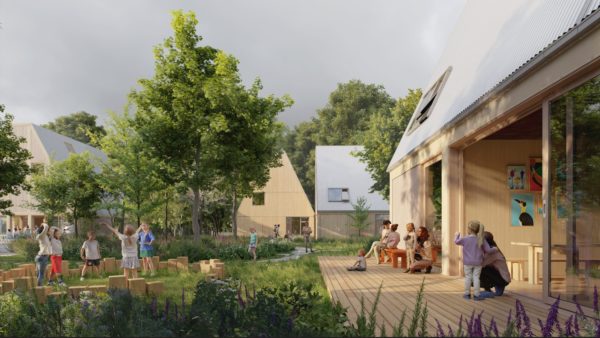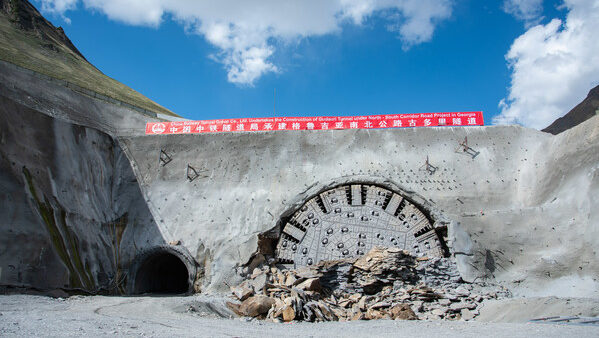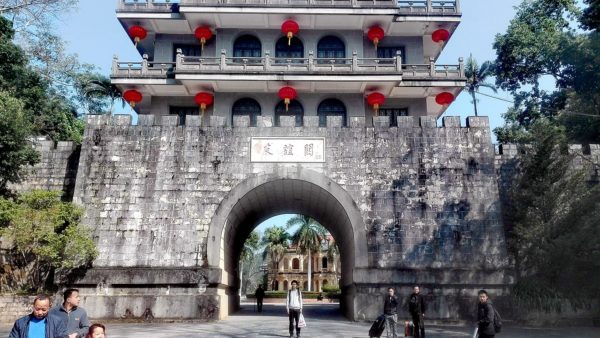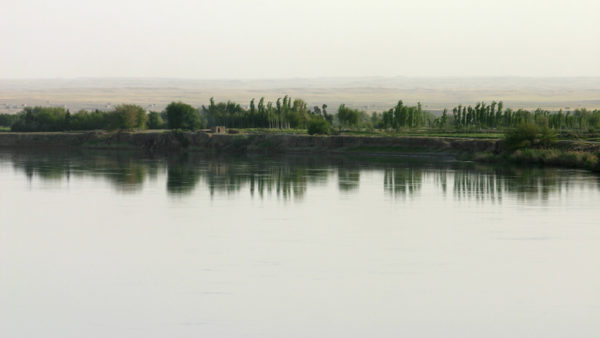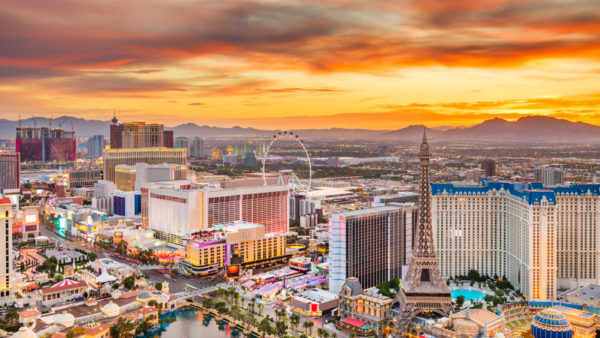5 November 2013
China’s deep involvement in UK nuclear power development is inevitable and will include building the stations, argues Rod Sweet.
Last month’s news that Chinese firms would be taking a stake worth at least 30% in the new Hinkley C nuclear power station will have surprised some, but it’s what the UK’s nuclear future – if it has one – will look like.
That’s because the UK government wants nuclear and China, uniquely, perhaps, has the cash, capability and appetite to deliver it.
While the nuclear new-build market has lain dormant in the UK since the newest station, Sizewell B, came online 18 years ago, China has been building plants like there is no tomorrow.
There are 17 reactors currently in operation there, with an intense push for new ones since 2005, and 30 more are now under construction, according to the World Nuclear Association.
As the UK and the US slumbered in their nuclear winters, leading nuclear firms such as France’s EDF and Areva, and Westinghouse, now owned by Toshiba, gravitated to where the action was, forming partnerships with the main Chinese players to help that country’s staggering nuclear roll-out.
Now the UK is forging ahead again having cleared one of the big remaining hurdles – a guaranteed price due the EDF consortium for electricity produced at Hinkley C.
So the game is on again and the players are back – and they’ve brought their Chinese partners.
The partners in question are China’s three biggest nuclear power companies:
-
China General Nuclear Power, or CGN (it was China Guangdong Nuclear Power until May this year);
-
China National Nuclear Corporation, CNNC;
-
China State Nuclear Power Technology Corporation, SNPTC.
These are big, vertically integrated, state-owned companies with monopolistic positions and track records of getting nuclear power stations built that Western developers can only marvel at.
In recent years they’ve teamed up with Western firms to absorb so-called generation III reactor technology, such as Areva’s European Pressurised Reactor (EPR) and Westinghouse’s AP1000.
CGN is putting two Areva EPR reactors in its new plant in Taishan in cooperation with EDF, while SNPTC is using Westinghouse’s AP1000 reactors for plants in Sanmen and Haiyang.
It’s a symbiotic relationship – Western companies get a market for their technology and expertise, which China is keen to soak up.
But it goes further: China wants to develop its own generation III (and newer) technology to export around the world, and is using the UK as a stepping stone.
The door swung open on 17 October when UK energy secretary Ed Davey announced that Chinese firms would be allowed to take a stake in or own up to 100% of new British nuclear power stations. It may have seemed a random thing to say but in the background the government was in the final lap of negotiations with EDF over the strike price guaranteed for Hinkley C.
Four days later came the news that CGN and CNNC would take a combined minority stake in Hinkley.
A source close to the situation in Beijing told me that this is all part of China’s careful, long-term plan.
"There is initially a stage where China wants Western technology, best practice, and so on," he said. "The next stage is, in partnership with [Western firms], they will fund the development of the next generation technology in China and then that will become the export.
"I think the technology is not there yet to export, so even for Hinkley the Chinese are taking smaller stakes, to test the market. They are investment stakes, not leading stakes.
"This is a much more strategic investment than any of the earlier investments. I believe this is linked to China’s desire to have their nuclear technology out there beyond China. And it’s not the existing technology because they’re still taking lessons from the West, but the next generation.
"They are laying the ground for a seat at the table to talk about what gets built at the next stage."
The UK nuclear banquet
Right now there are nine nuclear power stations operating in the UK, with 16 reactors in total. Eight of these stations are operated by EDF. All are scheduled to be shut by 2023.
In 2010 the UK government decided to allow private companies to develop eight replacement stations.
Farthest down the development road are Hinkley Point, Sellafield in Cumbria, Sizewell in Suffolk, Wylfa on Anglesey and Oldbury in Gloucestershire.
The first course in the UK nuclear banquet will be the £16bn Hinkley C scheme, developed by a consortium led by EDF, which has a 45%-50% stake.
CGN and CNNC will team up to take a stake of between 30% and 40%, while Areva, with its EPR reactors, is expected to take a 10% stake. EDF says discussions are underway with investors to fill the potential 15% gap.
The second course is likely to be Sizewell C, another EDF project, and it stands to reason EDF’s Chinese partners will partake of that dish as well.
Also on the menu is the new station at Sellafield, being developed by NuGen, a consortium of France’s GDF Suez and Spain’s Iberdrola.
China has two likely routes in for this course.
The first is NuGen’s choice of reactor: currently it’s a toss up between Areva’s EPR and Westinghouse’s AP1000.
If NuGen goes for the AP1000, it will be dealing not only with Westinghouse but also China’s SNPTC, because the two signed an agreement jointly to develop the AP1000 globally in May this year.
The other way in is less an invitation than a gate-crash. SNPTC wants to buy Iberdrola’s stake in NuGen and develop Sellafield with its own CAP1400 reactor system, which is based on the AP1000.
All this adds up to a UK nuclear revival with distinctly Chinese characteristics.
There are two exceptions. The new stations at Wylfa and Oldbury are being developed by Horizon, bought by Hitachi in November 2012, and Hitachi will use its own Advanced Boiling Water Reactor (ABWR) technology, which China has so far avoided.
Still, China’s involvement in UK nuclear power will be deep, especially considering EDF’s incumbent position in the UK nuclear estate.
Cash and capability
Chinese firms are guaranteed a seat at the table because their Western partners need them.
Recent European experience of building nuclear power stations looks very much like signing a blank check and a divorce petition in the same afternoon.
The two stations currently under construction in Western Europe are in Flamanville in France and Finland’s Olkiluoto 3 – the former being built by EDF, the latter by Areva, both using EPR reactors. Each has more than doubled in cost, is running hopelessly over schedule, and has seen bitter disputes and the slamming doors of departing investors.
Against this backdrop it’s no wonder Spain’s Iberdrola wants to sell its stake in the NuGen consortium developing Sellafield, or that British utility Centrica relinquished its 20% stake in the Hinkley EDF consortium in February this year, citing rising costs and delays.
The Chinese firms are a different species altogether. They are flushed both with success and ample state funds, and their appetite for these typically toxic projects will be sustained by a clear, long-term national vision.
"Getting into infrastructure in the developed world is really their ultimate game," my Beijing source said. "Africa is just the stepping stone, as are the Eastern European countries. They are now on the path to getting into major infrastructure in the UK. The next stage is the [global] export of the technology."
Apart from providing cash, will the Chinese firms play a role in building UK nuclear power stations? Almost certainly. Mechanical and electrical systems will likely be manufactured in China and shipped to Hinkley, to be unloaded at the new jetty scheduled to be built by Balfour Beatty subsidiary, Dean and Dyball.
And beyond that I predict there will be Chinese management, technical and trades personnel at Hinkley and other UK nuclear sites.
That’s because each of the three Chinese nuclear companies have design, engineering and construction divisions, and they will be in a strong position to deploy them.
One reason is a lack of home-grown specialist skills necessary to support a UK nuclear new-build programme, a lack identified recently by David Hurcomb, chief executive of UK engineer NG Bailey.
Another reason is that China, just like the UK, badly wants to export its full suite of skills and services all over the world – not just to Africa – and the deal has always been that with Chinese cash comes Chinese involvement.
Anyone thinking the UK will be exempt from this need only look to the appointment of Beijing Construction Engineering Group to a JV building the Manchester Airport City last month following news of a hefty investment in the scheme by the state-owned Industry and Commercial Bank of China.
The UK has set a course for nuclear, and the road goes through China.
Rod Sweet is editor of Global Construction Review






